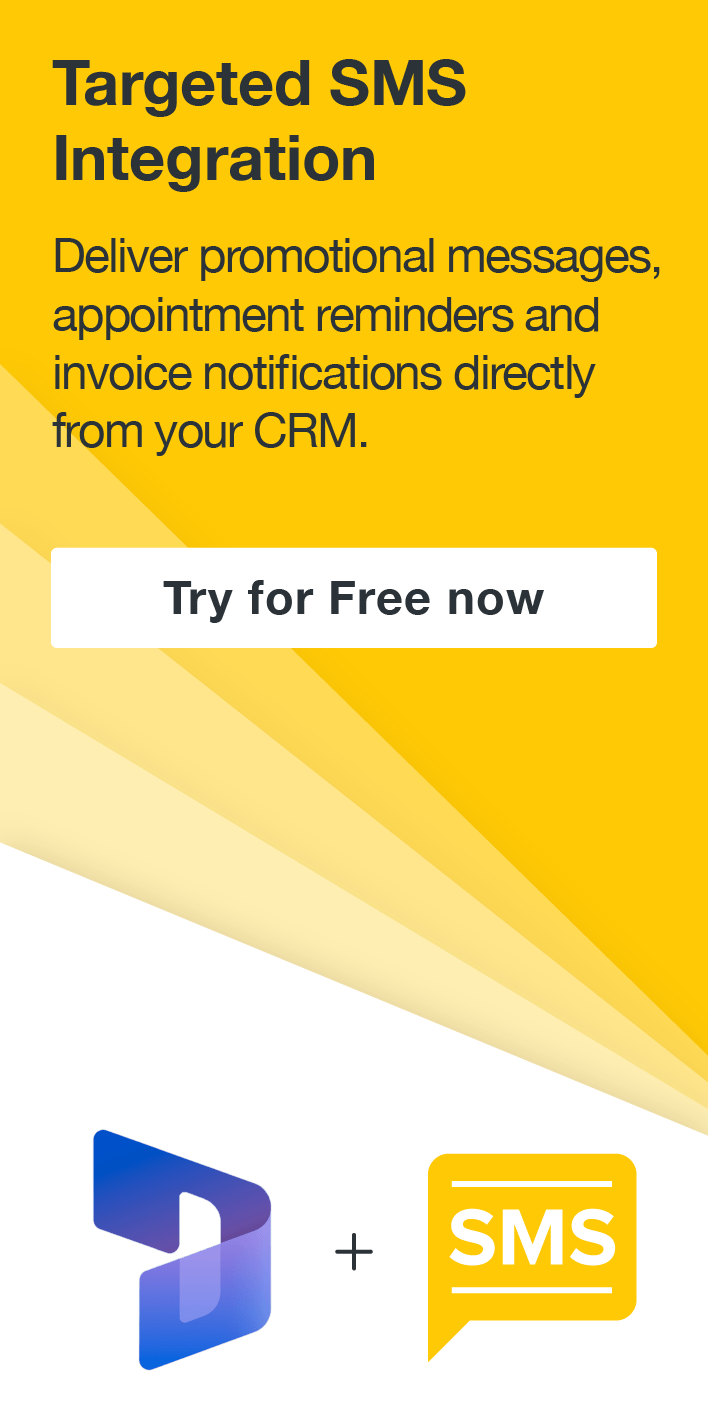Authenticating Power Apps Portal with OAuth 2.0
Adam Murchison, 15 July 2022
Power Apps portals come with a bunch of identity providers out of the box to authenticate users such as the below providers:
Another alternative to use is using a custom Open ID provider, one of many OAuth 2.0 providers is called Auth0, for the purpose of demonstration I’ll be using this to configure the authentication.
Creating an application in Auth0
To start this configuration, you’ll need to sign up and create an application in Auth0. You’ll see the below page once you’ve created your application.
Configuring the authentication in Power Apps
Next, you’ll need to configure your Power Apps portal by navigating to your Portal settings, then ‘Authentication Settings’.
Next, click ‘Add provider’.
You’ll see the screen ‘Configure identity provider’ enter the below details. The provider’s name isn’t important call this what you’d like to.
Click ‘Next’, now you’ll be able to edit the configuration. This is where you’ll need to input some URL’s and Id’s from Auth0. Some of this will need to be configured differently to meet your needs but I’ll show you a demo that works.
Note: you can get your domain, clientid, and client secret from the application you previously created in Auth0.
Authority: https://{yourauth0_domain}/authorize?
response_type=code&
client_id={your_clientid}
redirect_uri=undefined&
scope=SCOPE&state=STATE
Client ID: {your_clientid}
Redirect URL: {your_powerappsportal_url}/signin-openid_1
Note: The redirect URL will need to be inputted into the Auth0 application found below
Metadata address: https://{your_auth0_domain}.au.auth0.com/.well-known/openid-configuration
Scope: openid
Response type: code id_token
Client secret: {your_clientsecret}
Response mode: form_post.
This above needs to be all inputted into the below screen
After this, ensure that the status of the identity provider is enabled in Power Apps and viola, your Power Apps portal is now configured to work with OAuth 2.0.








